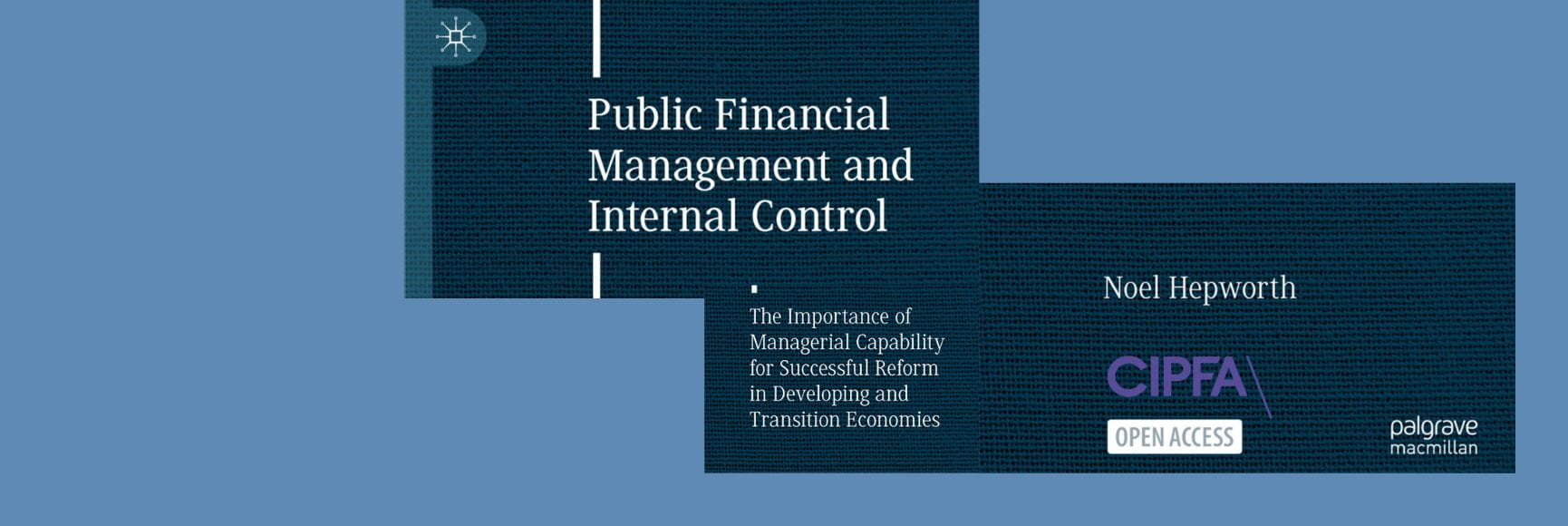
Posted by Fazeer Rahim, Amitabh Tripathi and Paul Seeds[1]
The regional integration process in the East African Community (EAC)[2] has provided an opportunity for furthering PFM reforms amongst the partner states. The East African Monetary Union (EAMU) Protocol signed in November 2013 requires the partner states to harmonize their PFM laws and practices. It also requires the development of a regional surveillance framework to oversee macro-fiscal convergence ahead of the proposed monetary union in 2024. The EAC Secretariat plays a coordinating role to ensure that the key PFM directives are implemented and the monetary and financial cooperation requirements in the protocol are complied with.
To harmonize PFM and fiscal reporting in the run-up to monetary union, the EAC Secretariat has been collaborating with the IMF’s Fiscal Affairs Department (FAD) and the East African Regional Technical Assistance Center (East AFRITAC). The EAC’s fiscal surveillance action plan, for example, requires all the partner states to undergo a Fiscal Transparency Evaluation (FTE). So far FTEs have been carried out for Kenya (2014), Tanzania (2015), Uganda (2017), and one is planned for Rwanda (2019).
In addition, since 2013, the EAC Secretariat, FAD and East AFRITAC have organized annual PFM workshops for ministries of finance and statistics bureaus. These workshops take stock of progress in PFM harmonization, update partner states’ PFM reform action plans, and support the EAC Secretariat in improving the framework for regional fiscal surveillance. The partners report annually on their progress on macro-fiscal convergence through Medium-term Convergence Programmes (MTCP) that are submitted to the EAC Secretariat and presented at the Sectoral Council on Finance and Economic Affairs (composed of the partner states’ Finance Ministers).
The EAMU Protocol has built a growing consensus amongst key stakeholders on the content and urgency of reforms, notably the harmonization of fiscal reporting and budgetary frameworks. Significant advances have been made in the following areas:
- PFM legal frameworks: Kenya, Tanzania, Rwanda, and Uganda have adopted new PFM laws that raise the bar in terms of budgeting and reporting requirements, including on fiscal risks. These laws specify the budget calendar and have enhanced the timeliness of the presentation of the budget to parliament. They also have strengthened provisions on reporting of fiscal objectives and expanded the information in budget documents, including on multi-year commitments, and increasing the transparency of budget contingency funds and the supplementary budget process.
- Definition of the public sector: partner states regularly update and publish their public sector institutional tables which classify public sector entities according to international standards. This provides a good basis for improvements in the coverage and harmonization of fiscal reports.
- Reporting on Government Finance Statistics (GFS): the fiscal convergence criteria require countries to report fiscal data for the general government sector. Kenya, Rwanda, Tanzania and Uganda are already complying with this requirement. Progress is also being made in producing better quality and higher frequency fiscal data.
- Annual financial statements: partner states are progressively extending the coverage of their financial statements to include extra-budgetary units and subnational governments. This is being made possible by the extension of the countries’ financial management information systems (FMIS). The audited financial statements are submitted to the parliament between six to nine months after the end of the fiscal year and are regularly published along with the audit opinion. There is increased coordination amongst the partner states’ Accountants General on the adoption and implementation of IPSAS to further improve the quality and comparability of the financial statements.
- Treasury Single Accounts (TSA): most partner states, to varying degrees, have centralized the government’s cash balances through a core TSA established at the central bank, and are in the process of extending the TSA’s coverage to incorporate (as far as possible) all government cash balances.
- Reporting on fiscal risks: the regional surveillance framework requires annual production of a fiscal risk statement (FRS). A unified format for the FRS has been agreed by the partner states. Kenya and Uganda have been regularly producing an FRS that is submitted to the parliament as part of the budget documentation.
Further work, however, is required towards meeting the goal of regional harmonization. Areas that need to be addressed include improving the credibility of medium-term budget frameworks, strengthening commitment control and cash management to prevent the incurrence of expenditure arrears, and timely and comprehensive in-year reporting on budget execution. Partner states have also been updating their public investment plans (PIPs) and improving other aspects of public investment management.
The current arrangements would benefit from stronger coordination between the EAC Secretariat and ministries of finance in monitoring progress on harmonization and supporting follow-up activities. For example, formal submission of updated PFM action plans could be required as part of the MTCP, with these action plans being integrated with the medium-term PFM reform strategies adopted by the partner states.
[1] Fazeer Rahim is a Senior Economist at the IMF’s Fiscal Affairs Department, and Amitabh Tripathi and Paul Seeds are Resident PFM Advisors, East AFRITAC, Dar es Salaam.
[2] The member states comprise Burundi, Kenya, Rwanda, Tanzania, Uganda and South Sudan (which joined the EAC in April 2016).
Note: The posts on the IMF PFM Blog should not be reported as representing the views of the IMF. The views expressed are those of the authors and do not necessarily represent those of the IMF or IMF policy.







